Your cart is currently empty!
Report | “Unlocking the Dreamscape: Key Factors Influencing Dream Recall Revealed in Large-Scale Study”
Report on the Study: Factors Influencing Dream Recall
Abstract
The study investigates the variability in dream recall among individuals, highlighting that while nearly everyone dreams, the ability to remember those dreams varies significantly. By collecting dream reports and various demographic, psychometric, cognitive, and physiological data from 217 healthy adults, the researchers aimed to identify factors influencing dream recall. Key findings indicate that attitudes towards dreaming, mind wandering tendencies, and sleep patterns significantly affect the likelihood of recalling dreams. Additionally, age and vulnerability to interference were found to predict the recall of dream content. The study also noted that dream recall fluctuates both night-to-night and seasonally.
Introduction
Dreams are subjective experiences generated during sleep, often reflecting an individual’s thoughts, concerns, and memories. They are believed to play a role in learning and memory consolidation and are linked to psychophysical health. Despite the established connection between REM sleep and dreaming, the factors influencing dream recall remain poorly understood. Previous studies have shown inconsistent results regarding demographic and psychological predictors of dream recall, often relying on retrospective measures that may be biased. This study aims to address these gaps by employing a prospective approach to collect data on dream recall and its predictors.
Methodology
The study involved 217 healthy adults aged 18 to 70, who provided morning dream reports over 15 days. Participants recorded whether they experienced a contentful dream, a “white dream” (dreaming without recall), or no dream. The researchers also collected demographic information and assessed various psychological and cognitive traits, including attitudes towards dreaming, anxiety levels, and memory capabilities. Sleep patterns were monitored using actigraphy, and a subset of participants wore EEG devices to gather data on sleep structure.
Results
- Dream Report Frequency: Out of 2900 reports, 58% were classified as contentful dreams, 14% as white dreams, and 28% as no dream experiences. The average number of dreams reported was approximately 5 per week.
- Predictors of Dream Recall: Mixed-effect logistic regression analyses revealed that a positive attitude towards dreaming, a tendency for mind wandering, and longer periods of light sleep were significant predictors of dream recall. Age and vulnerability to cognitive interference were also associated with the ability to remember dream content.
- Night-by-Night Variability: The study found that sleep patterns significantly influenced night-to-night variations in dream recall, with specific sleep structures correlating with the likelihood of reporting dreams.
Conclusions
The findings of this study contribute to the understanding of dream recall by identifying both inter-individual (trait) and intra-individual (state) factors that influence the likelihood of experiencing and remembering dreams. The results suggest that dream recall is not only a function of sleep stage but is also affected by individual differences in psychological traits and sleep quality. The study supports the idea that “white dreams” may represent genuine dream experiences, with the content fading due to various interferences upon waking.
Implications
This research has implications for understanding the psychological and physiological underpinnings of dreaming and may inform therapeutic approaches for individuals experiencing sleep disturbances or related psychological issues. Further studies could explore the mechanisms behind these predictors and their potential applications in clinical settings.
TheHill.com Just In Unbiased Politics News
- Trump signs critical minerals agreement with Australiaby Brett Samuels on October 20, 2025 at 4:25 PM
President Trump on Monday signed an agreement to heighten cooperation with Australia on rare earth material and critical minerals. Trump signed the agreement alongside Australian Prime Minister Anthony Albanese, who visited the White House. “We are discussing critical minerals and rare earths, and we’re going to be signing an agreement that’s been negotiated over a…
- Speaker Johnson says Trump ‘No Kings’ AI video was satireby Emily Brooks on October 20, 2025 at 4:25 PM
Speaker Mike Johnson (R-La.) on Monday dismissed an AI-generated video President Trump posted, showing him wearing a crown in a fighter jet and dropping brown sludge on “No Kings” protesters, as “satire,” asserting that some of the protesters at Saturday’s rallies were “trying to incite violence.” “You say that Democrats had a ‘hate America’ rally….
- RFK Jr. to unveil new guidance encouraging more saturated fatsby Nick Smith on October 20, 2025 at 4:10 PM
Foods like butter, cheese and red meat could be reemphasized in new dietary guidelines.
- Chip Roy floats nuclear option on Senate filibuster to end shutdownby Emily Brooks on October 20, 2025 at 4:01 PM
Rep. Chip Roy (R-Texas) on Monday floated the use of the “nuclear option” to end the shutdown and get around Senate filibuster rules that require a 60-vote majority to reopen the government. “We need to be taking a look at the 60 vote threshold. We really do,” Roy told reporters Monday. Senate rules require support…
- Reestablishing the dignity of workby Rep. Erin Houchin (R-Ind.), opinion contributor on October 20, 2025 at 4:00 PM
The “One Big Beautiful Bill” signed into law in 2025 included a work requirement for able-bodied adults without children to remain eligible for Medicaid, restoring the link between work and reward and reconnecting people with their communities.
Featured Articles
Search
Author Details





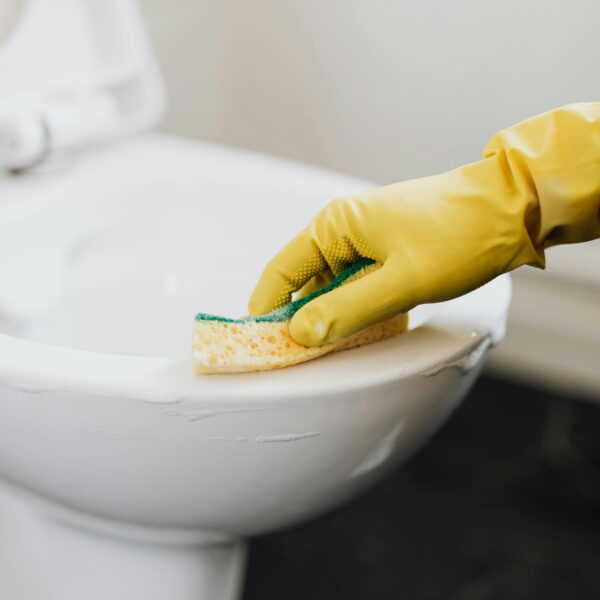

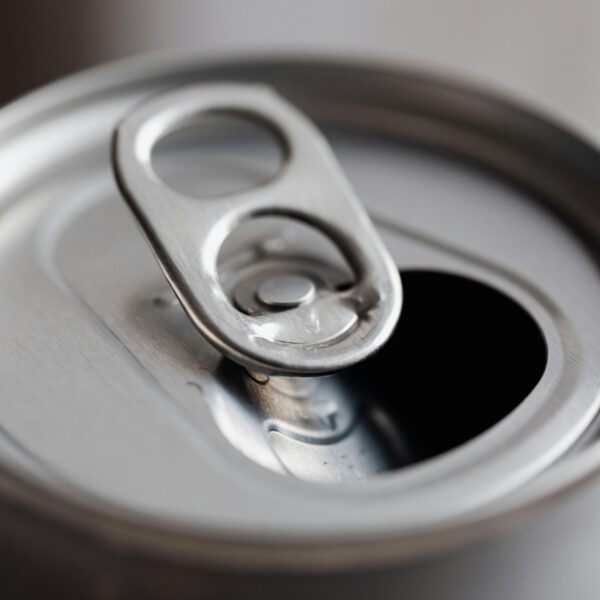

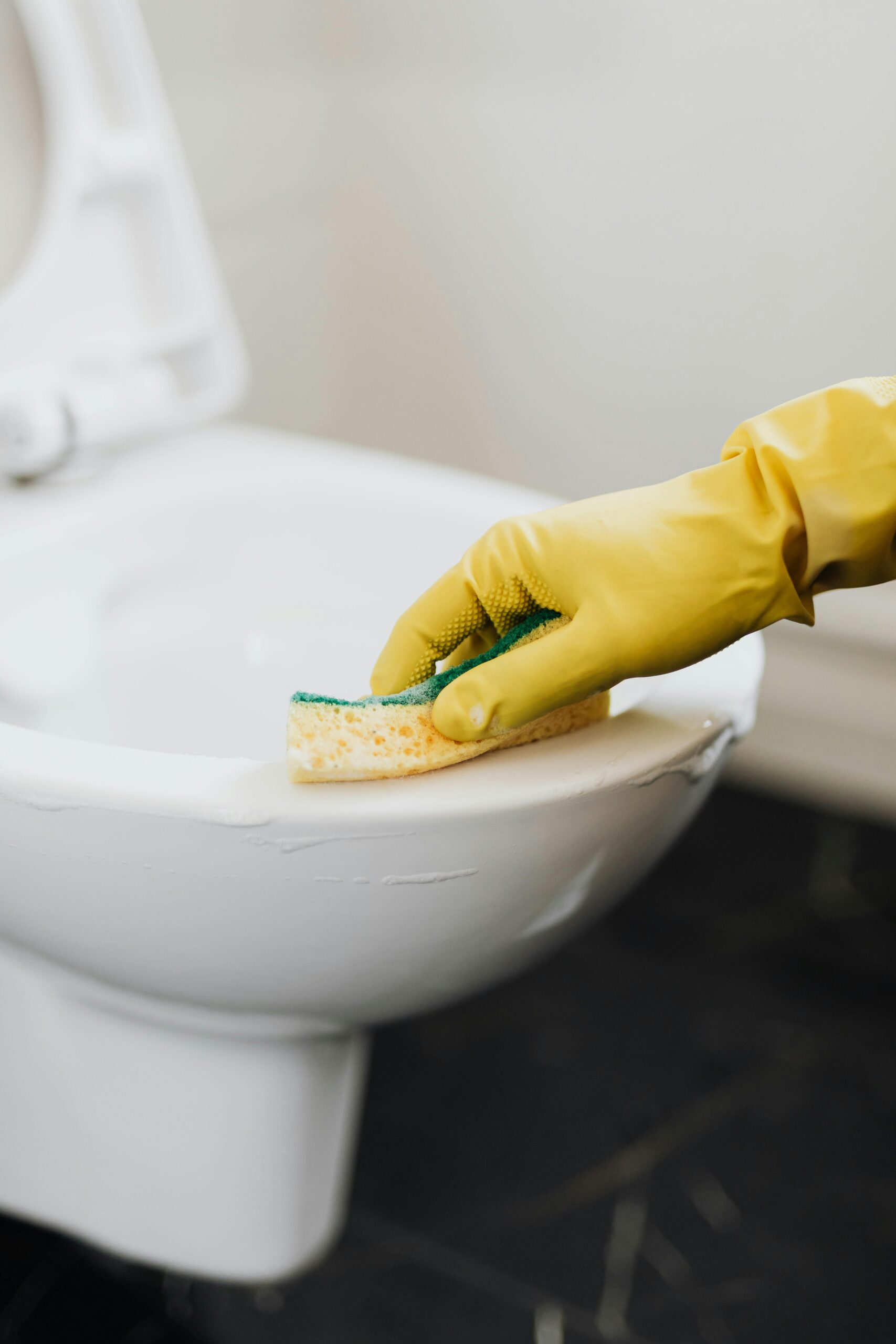

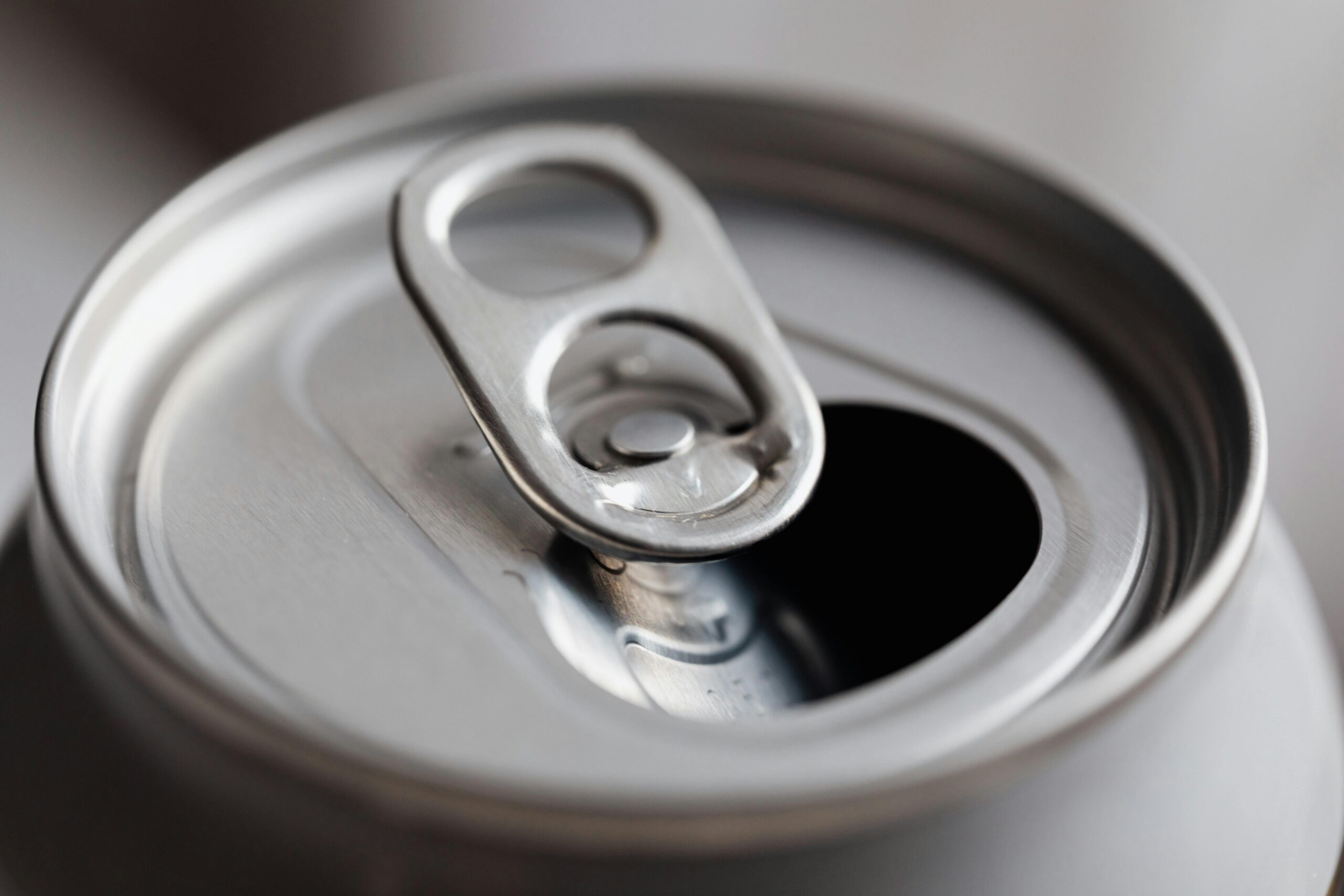
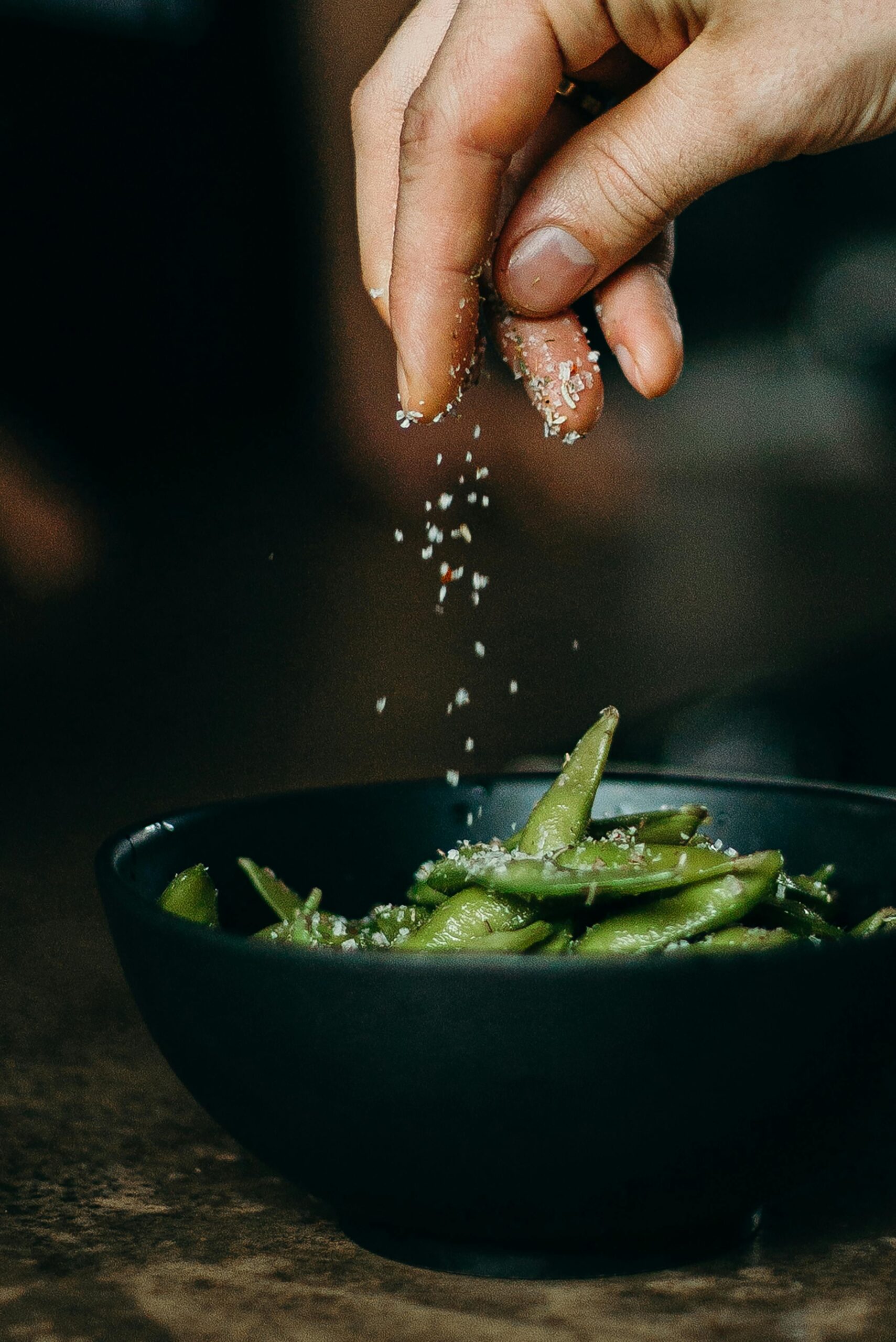
Leave a Reply